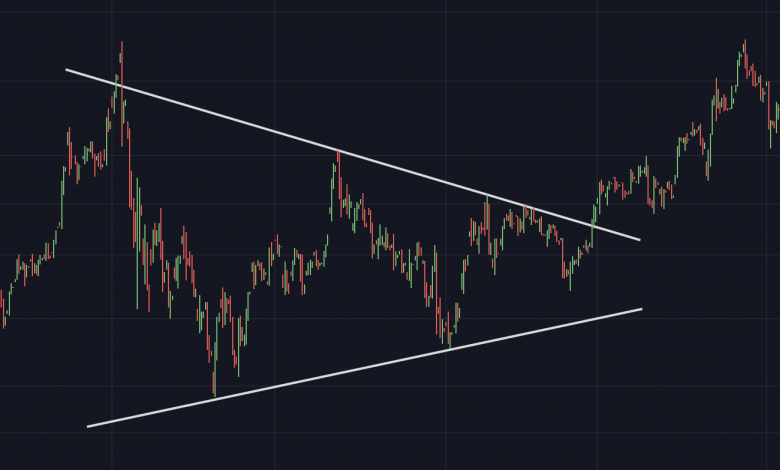Understanding Breakout Trading

Have you ever heard of breakout trading? Or have you ever traded during a breakout moment?
Maybe you’ve been in a situation like this:
You see the price has broken through resistance, very bullish. You dive in and come into play. However, soon the price reverses direction, even though you just bought high.
The example above is a situation that is not desired by all traders. Therefore you must understand how breakout transactions work in order to achieve good results.
Keep up with Finex article and discover how to implement a breakout trading strategy. Whatever your trading style, this strategy can be applied to the fullest if you really understand it.
Understanding Breakout Trading
We investors cannot be separated from observing activities, whether observing price movements or for technical traders, observing possible trends that will occur. As traders or investors who are actively creating opportunities, we take the time to do analysis.
A breakout occurs when the price moves past a certain level, so a breakout can be interpreted as a potential trade where the asset price moves significantly through a resistance level or moves below a support level.
When you trade on that momentum, you make a breakout trade.
Breakouts occur quite often in stock instruments, but technical traders can also find them in commodity assets and Forex.
Type of Breakout
There are two types of a breakout, namely:
- True Breakout
The original breakout, which actually happened. When the price breaks the critical level, it will continue in the direction of the breakout. Before making a decision to follow it, be careful by studying trading in the true breakout moment and risk management to stay safe.
- False Breakout
The fake breakout didn’t happen as expected. After the price breaks the critical level, it moves back in the previous direction and tends towards it. General experience shows that false breakouts occur quite often in the market.

Identifying Breakout
Simply put, if a market looks very bullish, it is usually too late to enter.
What you have to do when you find a potential breakout is to identify a price trend pattern along with support and resistance levels in order to be able to make an entry and exit plan.
Active traders and investors often use breakouts to identify trends that are still in their early stages. Breakouts are often followed by price action and repeated volatility, making it a promising field for profit.
For example in stock trading, if a stock reaches the level of $100 several times but always reverses direction, we can wait first to buy because it could be that the movement does not promise a return. However, if a stock crosses $100, we can see it as a sign to buy. Owners of these shares who are in a short position may be tempted to sell to cover their losses. At the same time, a situation where higher demand will push stock prices to continue to rise and become a new trend.
For more valuable information visit this website.






